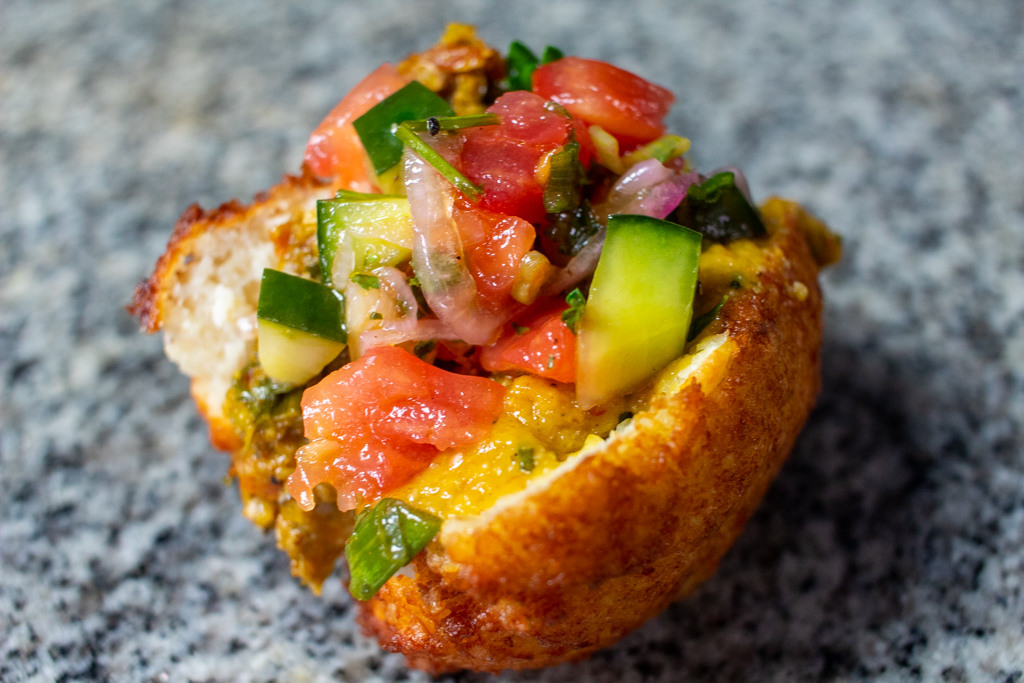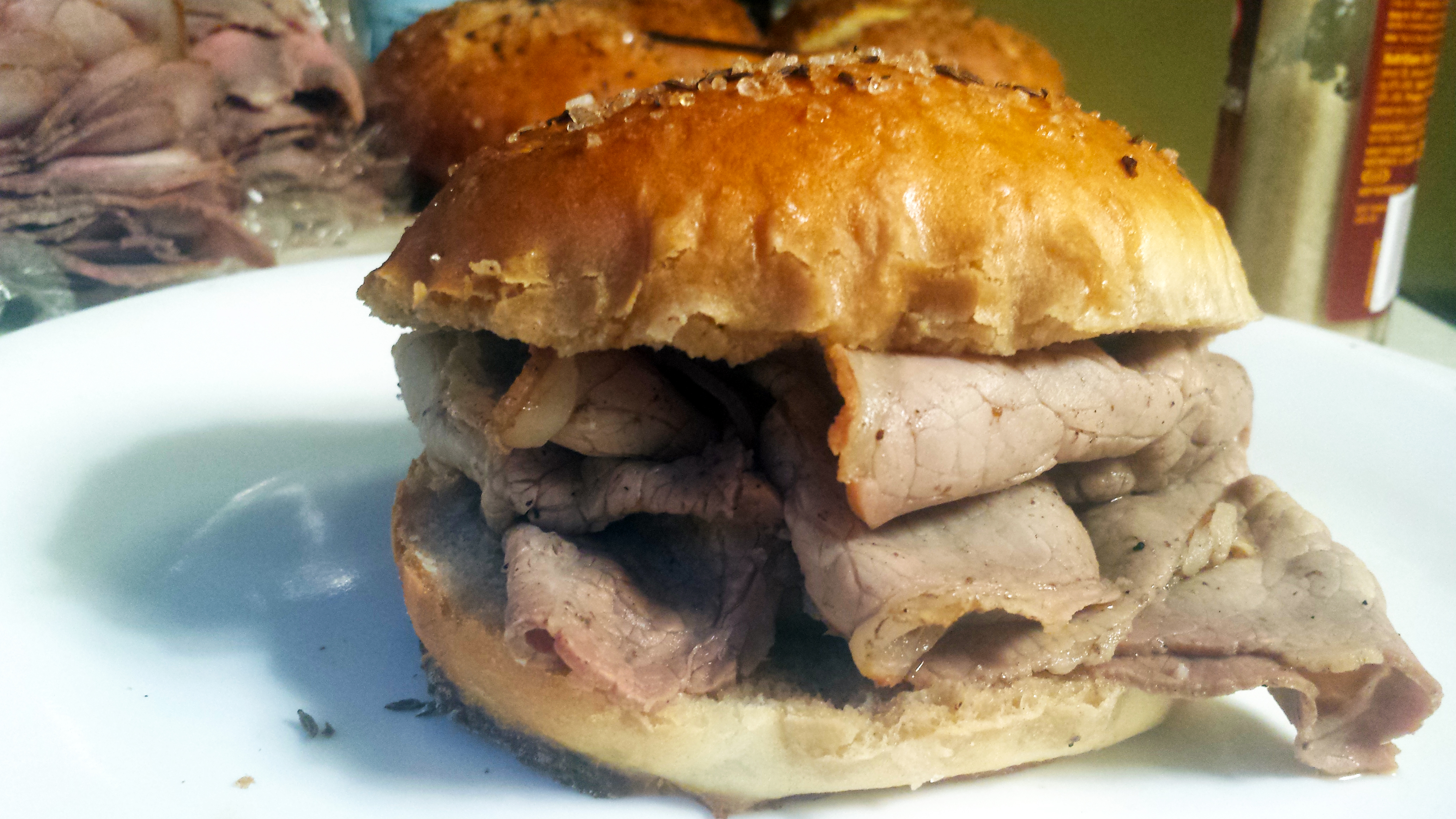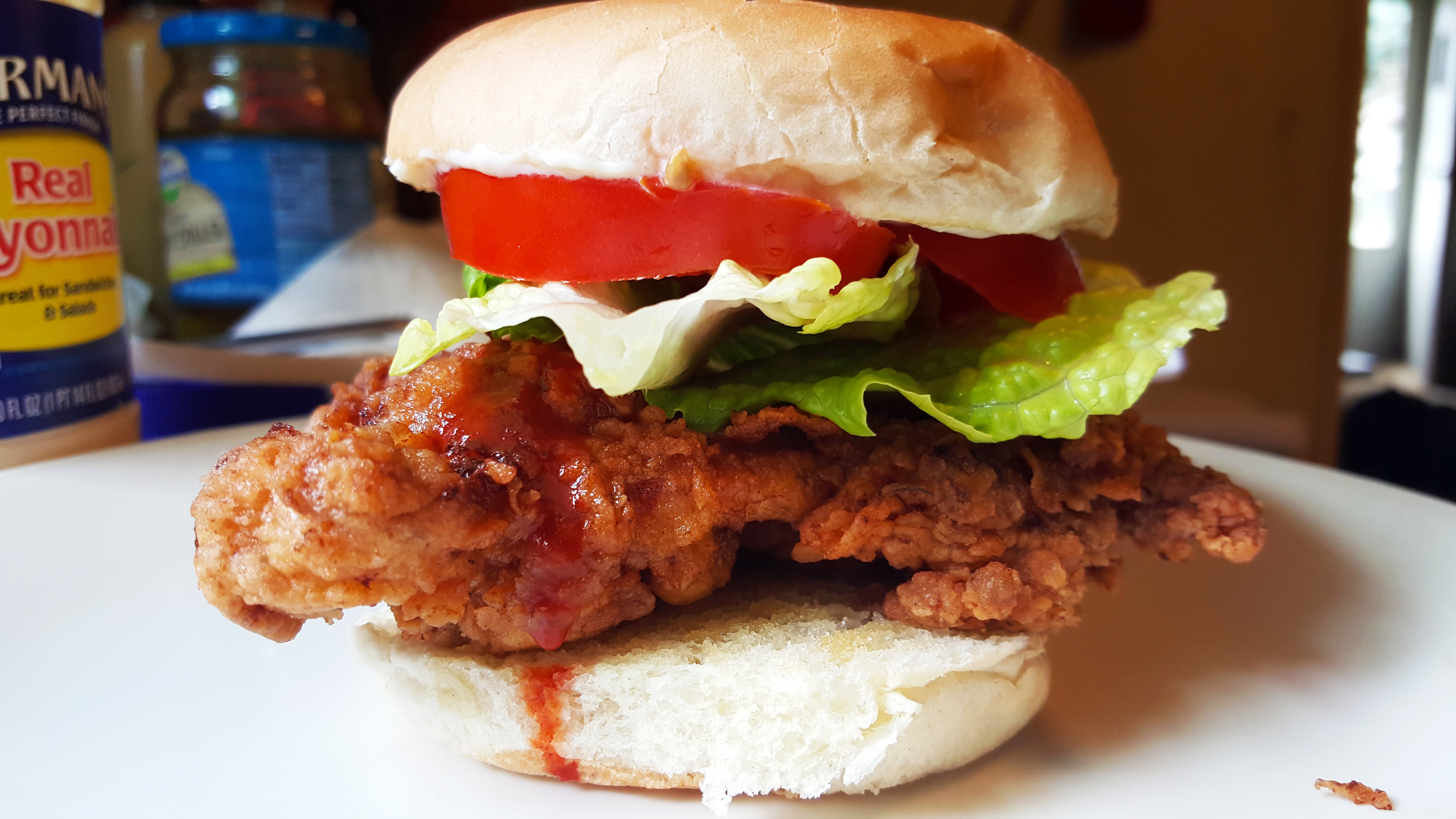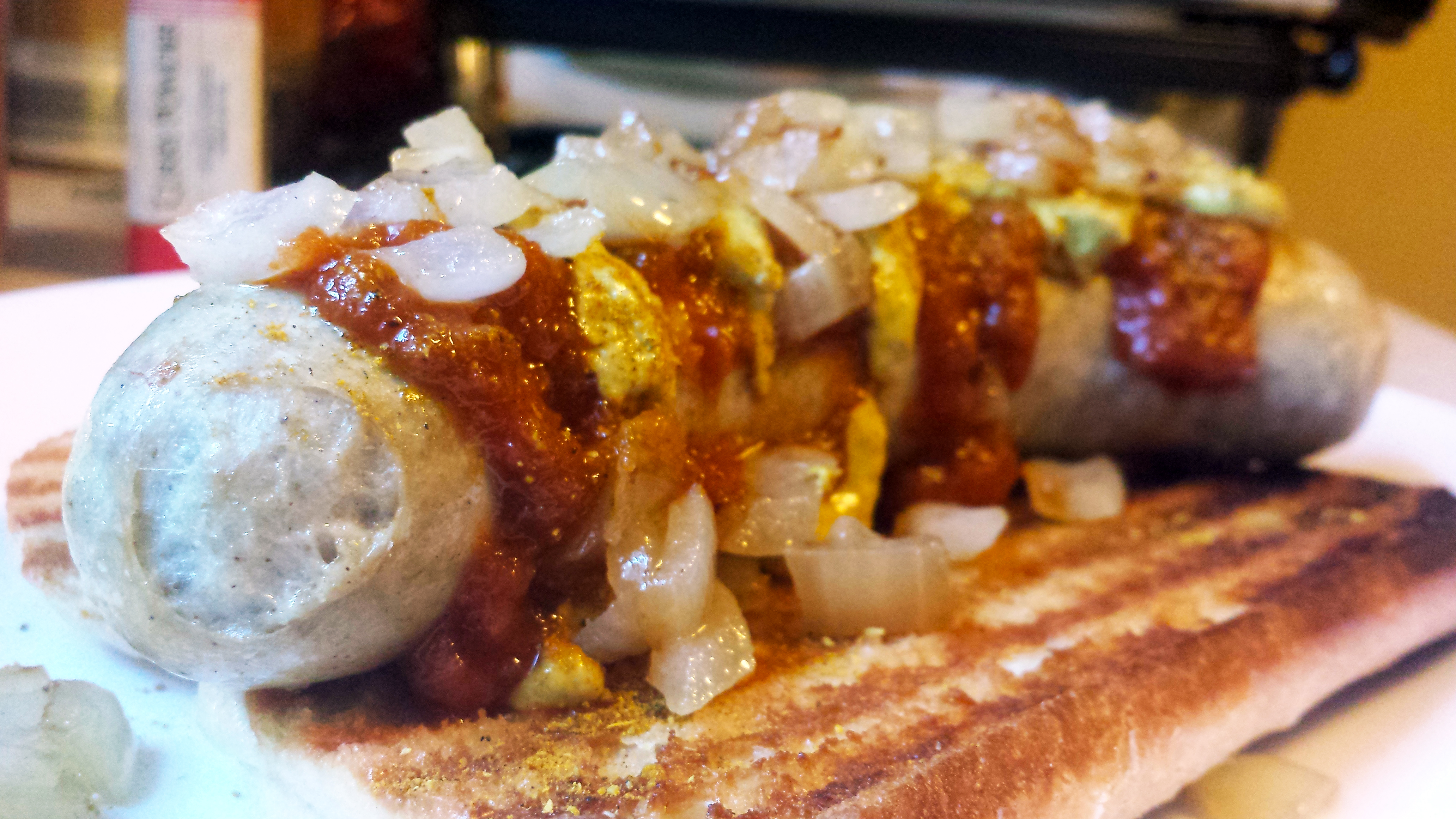Brazilian Acarajé
When we published our usual roundup post at the beginning of January stating which sandwiches the Tribunal would be tackling this month, we received this comment:
Acarajé and accompanying vatapá and caruru is an eye opening experience. If you can find Brazilian friends who make them I recommend being very nice to them.
Adam Haus, friend of the site
My initial reaction was something along the lines of, come on Adam, you know I got this. But it turns out Adam has a point. Acarajé itself is a difficult and time-consuming dish to prepare. Making 2 other complicated dishes simultaneously, along with some salad to garnish and sauteed shrimp as a topper–well it’s just a lot.
These are Acarajé. This bean fritter came to Brazil with the Yoruba people of West Africa, where the fritters are known as Akara. Brazil was the single largest importer of African slaves during the centuries when the African slave trade was active. Brazil was also the last country in the West to formally end slavery in 1888, though the practice had been in decline for decades and many slaves had been manumitted before slavery was formally outlawed. Bahia, a state in Northeastern Brazil, had a particularly high concentration of sugar plantations, and the conditions for the slaves working these plantations were quite harsh, leading to multiple slave revolts in the early 19th Century. Despite the heavy-handedness of the Portuguese plantation owners, the Africans in Bahia were able to preserve much of their cultures of origin, and that African influence is still seen in the area today.



Acarajé are fritters made from black-eyed peas and grated onions. In Bahia they are sold as a street food, served by women dressed in traditional head scarves and white skirts who are called Baianas. The fritters are unleavened, but the batter is beaten to aerate it prior to frying giving them a dense, moist, but somewhat breadlike texture. Falafel is the most direct analogy I can think of but where falafels are herb-heavy, the pungency and slight sweetness of cooked onion are in the forefront with these.
On their own, they are not a sandwich. But the street food vendors who sell this often split them open and stuff them with various fillings. I have read of some outliers, but by far the most popular appears to be vatapá. In some areas of Brazil, vatapá is served as a shrimp stew, often containing shredded bacalhau or salt cod. The version served with acarajé in Bahia though is more of a paste made with dried shrimp and nuts, made creamy with coconut milk and thickened with bread or manioc flour, a local name for cassava or tapioca starch.
Usually caruru is mentioned in the next breath. Caruru is a kind of stew made with sauteed okra, tomatoes, peppers, and thickened with some of the same mixture of dried shrimp and nuts that make up the base of the vatapá.
I have based my efforts on these dishes mostly on a Youtube video by creator Hungry Nati. It’s about 15 minutes long and worth a watch but do not be fooled by her pleasant and upbeat demeanor. By the time I’d gotten this far into the process–my black-eyed peas shelled, my acarajé batter ready to go, my vatapá and caruru both prepared and reduced / thickened to a spreadable texture, I was 3 days into this project.
It was the home stretch though. To garnish, I sauteed some shrimp, quickly marinated in lime juice, salt, and pepper, in some of the reddish dende or palm oil that the acarajé were intended to be fried in.

I also made a Brazilian tomato and cucumber salad called Vinagrete that was very much like tomato and cucumber salads in many cultures–diced tomato and cucumber, thin slices of red onion, chopped parsley and cilantro, lime juice, red wine vinegar, olive oil, salt and pepper. That’s not to say it wasn’t delicious–it was perhaps my favorite part of the sandwich, once it was put together. The fact that so many different cultures make something just like this speaks to how well it works.

Finally, I was ready to fry those acarajé. And I succeeded… eventually. Unfortunately, this was my first attempt:
So let’s back up: why was my oil such a dark orange color? This was Dende, or palm oil, is the usual medium for cooking these acarajé. It is an unprocessed oil and and reddish-orange is its natural color due to the high content of carotenoids. As for why it foamed and boiled over so violently once the batter was added, I wasn’t sure: was my oil too hot? Too cold? Was it the batter, was it too wet? I tried different oil temperatures, I thickened the batter, and nothing changed until I fried these in peanut oil instead.

So I start with an acarajé fritter, split open nearly all the way, leaving one side hinged to help contain the fillings.

First I add the vatapá

Next the caruru

Both of these spreads share many ingredients in common–the meal of toasted dried shrimp, peanuts, and cashews that forms the base of the vatapá, the refogado of bell peppers, onion, garlic, and chilies, and the finishing garnish of scallions, parsley, and cilantro. They are very similar in color. Yet they turn out very different, the creaminess of the coconut milk featuring heavily in the vatapá with the grassiness of okra and the tomato’s complex mix of sweetness, savory, and acidity informing the caruru.

The Vinagrete salad is an excellent counterpoint to many a savory dish and this is no exception, the lime/cilantro mixture providing a much-needed brightness while the tomato and cucumber give the sandwich textural variety it’s missing.

And finally, the sauteed shrimp. Perhaps they are only there as a salve to the people who think a sandwich needs some solid protein to justify its existence but they’re really quite good, simply seasoned with lime, salt, and pepper, cooked for just a minute or two in the skillet before being removed from the heat and awaiting their sandwich.

Overall it’s a nicely balanced combination, though my acarajé did not provide a particularly stable platform for its fillings. My refogado also didn’t pack quite as much capsaicin heat as I’d have liked, though that was certainly fixable with the application of some hot sauce.

One bite here contains multitudes–the crisply brown fried exterior of the fritter and its softer interior; the thick vatapá, redolent of coconut and shrimp funk; the stolidly savory caruru; the brightness of the Vinagrete; the firm juicy snap of the shrimp. It was a worthwhile endeavor to make this sandwich, and I’d surely like to try it again one day. But next time, I’d like someone else to cook it.

I like sandwiches.
I like a lot of other things too but sandwiches are pretty great





















Recent Comments